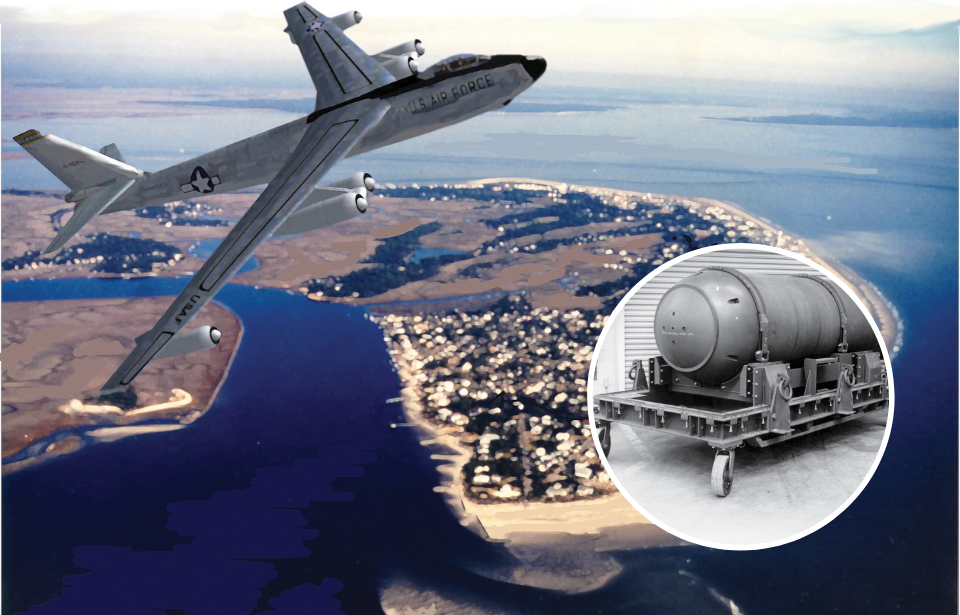A Mark 15 nuclear bomb has been resting on the ocean floor near Tybee Island, just off the coast of Savannah, Georgia, since the 1950s, when it was accidentally dropped by the U.S. Air Force. The bomb now lies in Wassaw Sound, sparking an ongoing debate: is it safer to leave it alone, or should it be recovered—despite the risks?
The mystery surrounding the bomb only adds to the concern. Some early reports claim its nuclear core had been removed before the drop, while others suggest the bomb might still be fully armed. Because no one knows for sure, the Mark 15 remains a possible danger to nearby communities.
Mid-air collision over Tybee Island
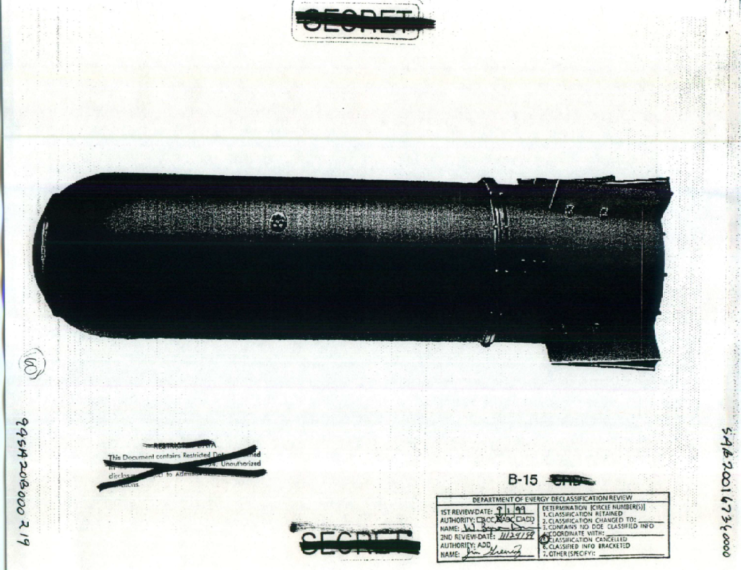
On February 5, 1958, while performing a simulated combat mission exercise, a Boeing B-47 Stratojet was involved in a mid-air collision with a North American F-86 Sabre. The B-47, having taken off from Homestead Air Force Base, Florida, was carrying a two-man crew, as well as a 7,600-pound Mark 15 nuclear bomb.
The F-86’s pilot, Lt. Clarence Stewart, hadn’t seen the B-47 on his radar and descended directly on top of it. The crash between the two caused the left wing of the fighter jet to completely rip off, while the bomber’s fuel tanks suffered heavy damage. Stewart was able to eject before his aircraft crashed, while the pilot of the B-47, Lt. Col. Howard Richardson, sought the closest landing base. Despite the damages to the bomber, the B-47 remained airborne. After dropping 18,000 feet, Richardson regained control.
As for the nuclear bomb onboard the aircraft, he granted the crew’s request to jettison it, to prevent it from exploding during the emergency landing. The bomb was dropped from 7,200 feet, over the shores of Tybee Island. The pilot and crew reported no explosion upon it meeting the water, and they were able to successfully land the damaged B-47 at Hunter Army Airfield, Georgia.
For his actions, Richardson was awarded the Distinguished Flying Cross.
A search force was sent to find the bomb
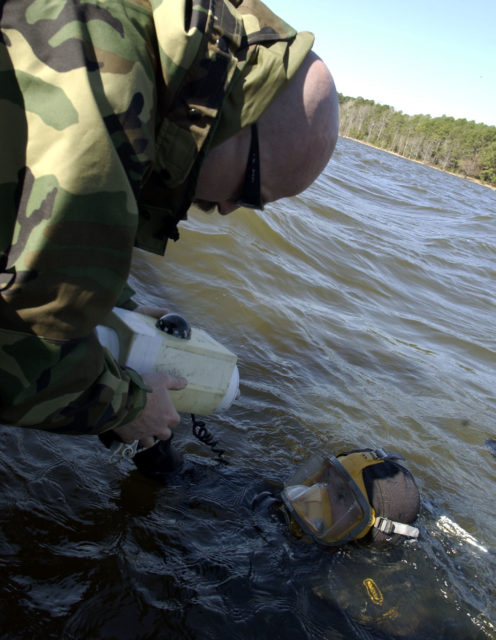
The day after the crash, a large-scale search operation was launched to find the missing bomb. The effort was led by the U.S. Air Force’s 2700th Explosive Ordnance Disposal Squadron, with help from 100 U.S. Navy personnel. Their focus was on the waters around Tybee Island, especially in Wassaw Sound. Armed with handheld sonar devices and using sweeping cables, the team searched non-stop for nearly 10 weeks.
Still, despite all their work, the military announced on April 16 that the bomb had not been found.
Decades later, in 2001, the Department of Energy carried out a hydrographic survey of Wassaw Sound. The survey turned up new clues, indicating the bomb might be buried beneath five to 15 feet of silt. This information helped narrow down the search area, offering hope for any future recovery efforts.
Was the Mark 15 nuclear?
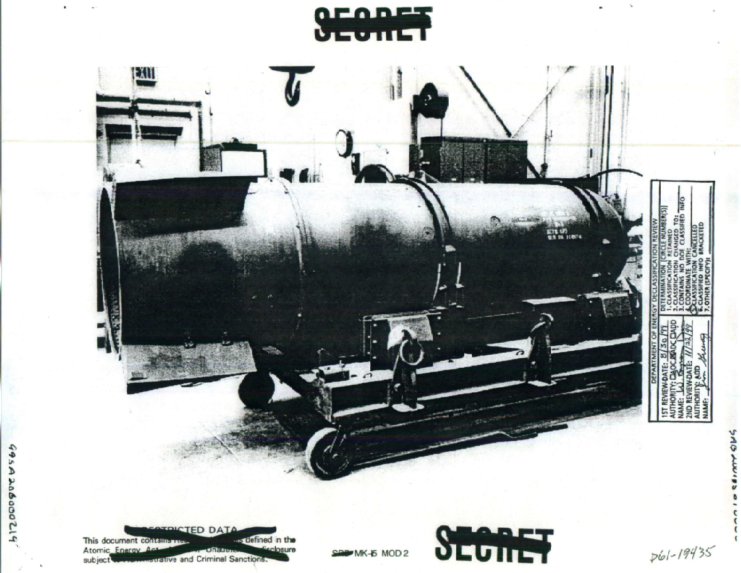
Since its disappearance, experts have debated whether the weapon was nuclear. If it had a plutonium core, it would have been a fully-functional nuclear bomb. If not, then the core was likely swapped with a dummy, making it non-nuclear but still capable of causing a conventional explosion.
The Air Force reassured the public that the Mark 15’s “nuclear capsule” had been removed before the flight, replaced with a simulated 150-pound lead cap. Strategic Air Command documents supported this view, stating that test flights in February 1958 were not authorized to carry bombs with nuclear capsules fitted.
For years, this explanation stood firm. However, in 1994, a declassified document revealed a transcript from the 1966 Congressional testimony of then-Assistant Secretary of Defense W.J. Howard, which contradicted the Air Force’s long-held public assurances.
In his testimony to the U.S. Congressional Joint Committee on Atomic Energy, Howard acknowledged that the Mark 15 was a “complete, fully functional bomb with a nuclear capsule” containing a plutonium trigger. If Howard’s statement is accurate, the bomb could still pose a risk of severe damage to the surrounding area if detonated, with an explosion capable of creating a fireball over a mile wide and thermal radiation detectable up to 10 miles away.
Yet another search is launched
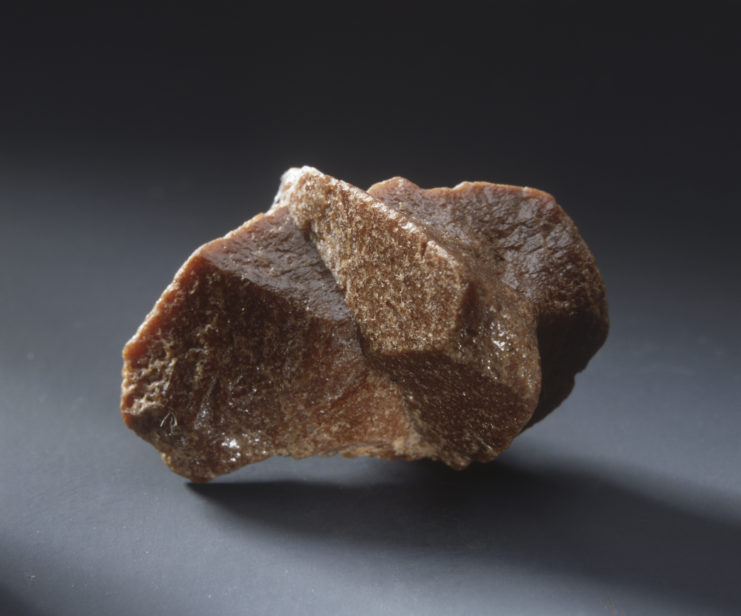
Armed with updated data, Air Force veteran Lt. Col. Derek Duke privately conducted a new search for the missing nuclear bomb in 2004. Alongside his team, they meticulously explored the Wassaw Sound area, using a Geiger counter to measure radiation levels in the water.
Their efforts revealed that radiation levels near the peak of Tybee Island were significantly elevated, about four times higher than normal, potentially indicating the presence of the Mark 15 if it was indeed nuclear. By pinpointing these areas of heightened radiation, they could narrow down and map a zone roughly the size of a football field.
However, later Air Force analysis of the site concluded that the increased radiation came from natural sources, particularly monazite deposits in the sand. Consequently, the exact location of the elusive Mark 15 remains unresolved.
Best to leave the nuclear bomb alone
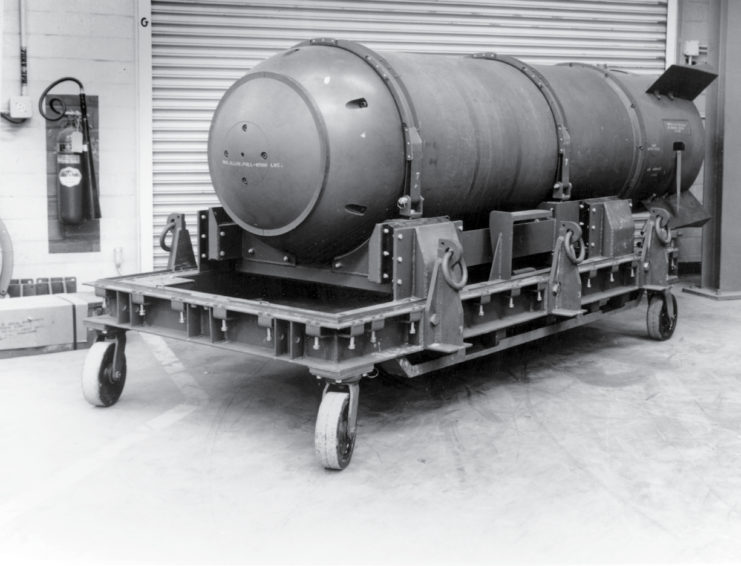
The Air Force is content with leaving the bomb’s location a mystery, and officials have assured residents in the surrounding area that it poses no threat, so long as it’s left alone. An “intact explosive would pose a serious explosion hazard to personnel and the environment if disturbed by a recovery attempt,” they stated.
More from us: Mars Bluff Incident: The US Air Force Accidentally Dropped a Nuclear Bomb on South Carolina
The next time you go diving near Tybee Island, keep an eye out for the 12-foot long, 7,600-pound Mark 15 nuclear bomb with the serial number 47782. If you spot it, leave the sleeping beast alone!
